Brussels is not only the capital of Belgium — it is also a vibrant city, full of people. 1.2 million residents live here, and as can be expected, lots of tourists walk the streets. The city is a peaceful place, the streets seem calm, there is a serene atmosphere.And that is why: The inner city has hardly any roads for cars to drive on. Over the last few years, the city government has decided to pacify the city centre. That has brought a calmness to the city that is contagious. Walking Brussels is like winding down.
And then, of course, there are the chocolatiers, the fries, and no shortage of decent espresso machines.
If you find the time, walk Brussels after sundown — in particular, the Grand Place is marvelous (see picture below). And there is one place everyone must visit before leaving the city: the Magritte Museum.
René Magritte (1898–1967) was a Belgian painter whose name became the symbol of an art movement called surrealism. The idea goes like this: Everything around us has a name. A table is called “table”; all things have names. Well, all things…?
And — what happens when things get new names? What happens to “reality” when names are taken away, changed, or replaced?
So Magritte painted a pipe and added the phrase “Ceci n’est pas une pipe”, telling the viewer that what they see is only an image of a pipe, not a pipe itself.
What’s the use of such useless word confusion?
Honestly, I don’t know. But surely, I know that often there are situations when not everything is said — not everything has a name. And yet, everyone can feel it: the famous “Elephant in the Room”. So surrealism can create space for suspecting the presence of things that are not present by name. And it can sabotage the established ways of communication: What is what? And, even more importantly: What has more value simply because it has another name — one with power behind it?
To give an example: Certain first names in German suggest that a person belongs to a social group considered “lesser”. Every language has these names. In German, one of them is “Kevin”. Applying for a job with that name is — unjustly — more difficult than applying as a “Martin”.
So names and words appeal to specific preconceptions in people’s minds, thus establishing a version of reality that needs to be questioned. Magritte turned these abstract ideas into realistic — and still deeply unsettling — paintings.
Go there. It might change your conception of “reality”.
Liked this post? Email me to say hi and I’ll sign you up for more articles like this: send mail
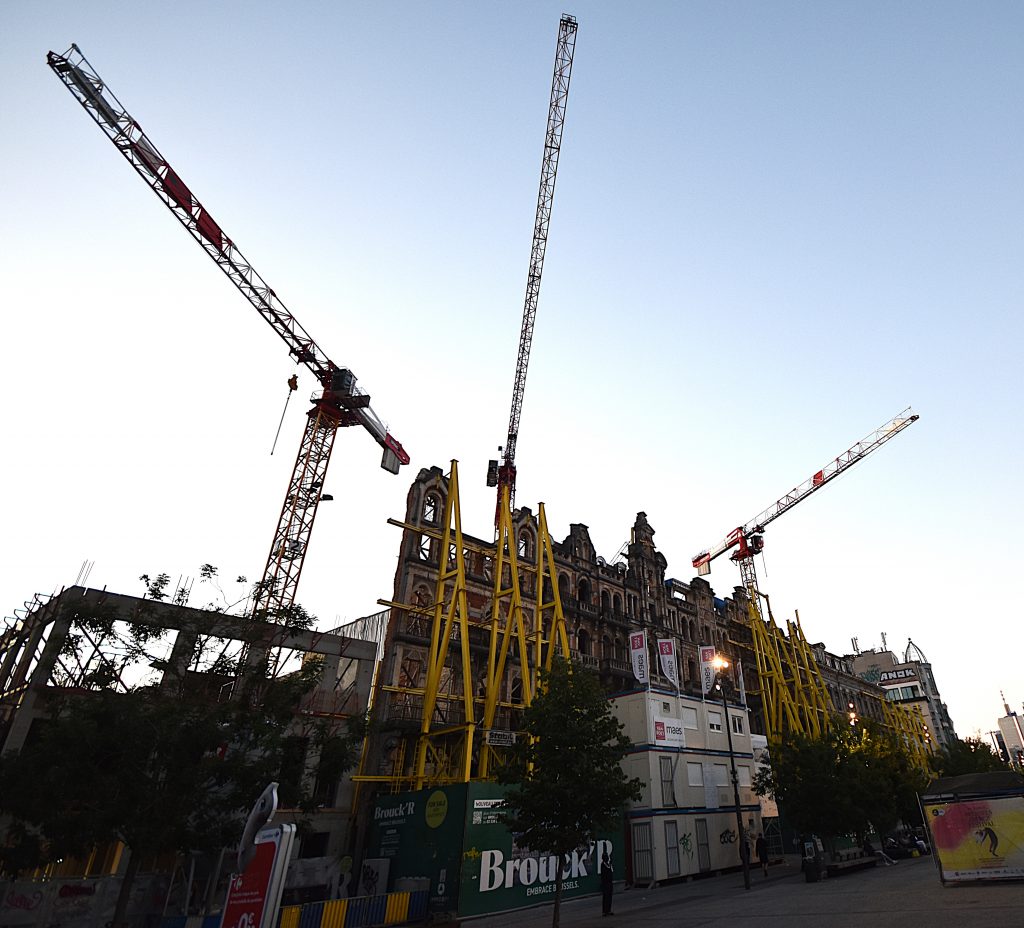
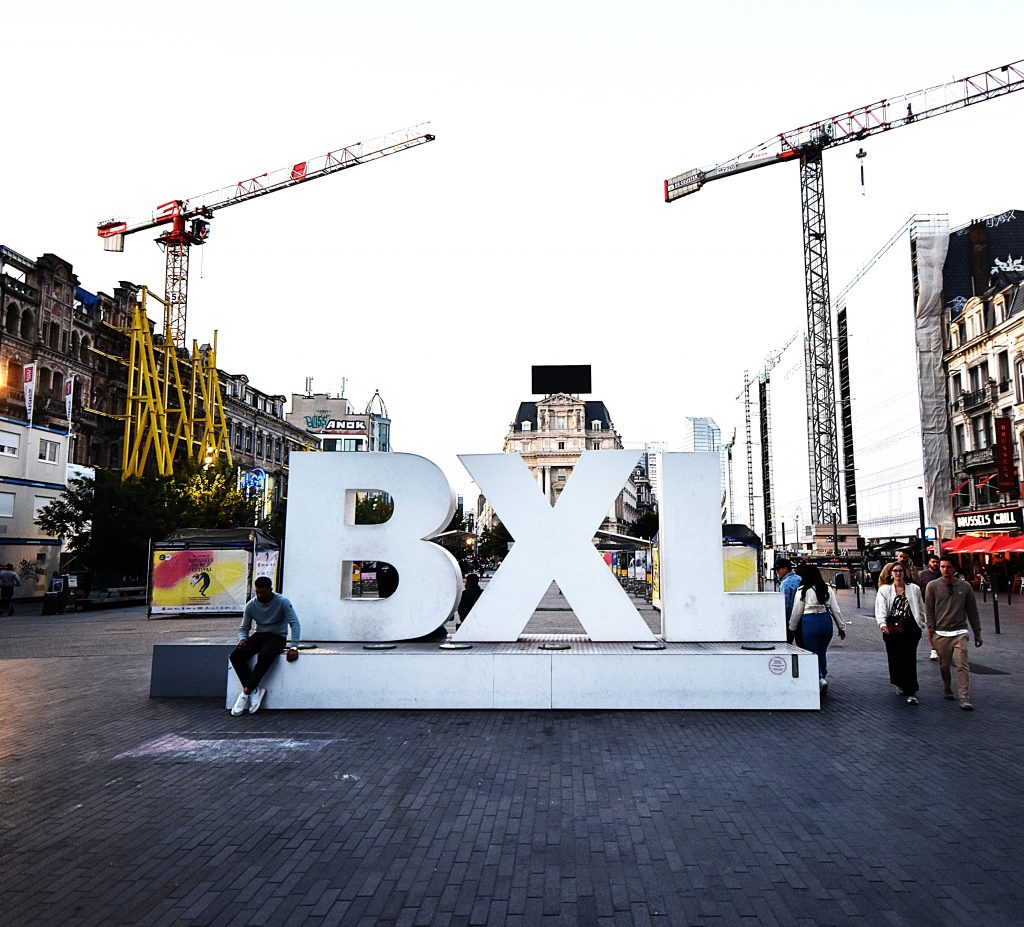
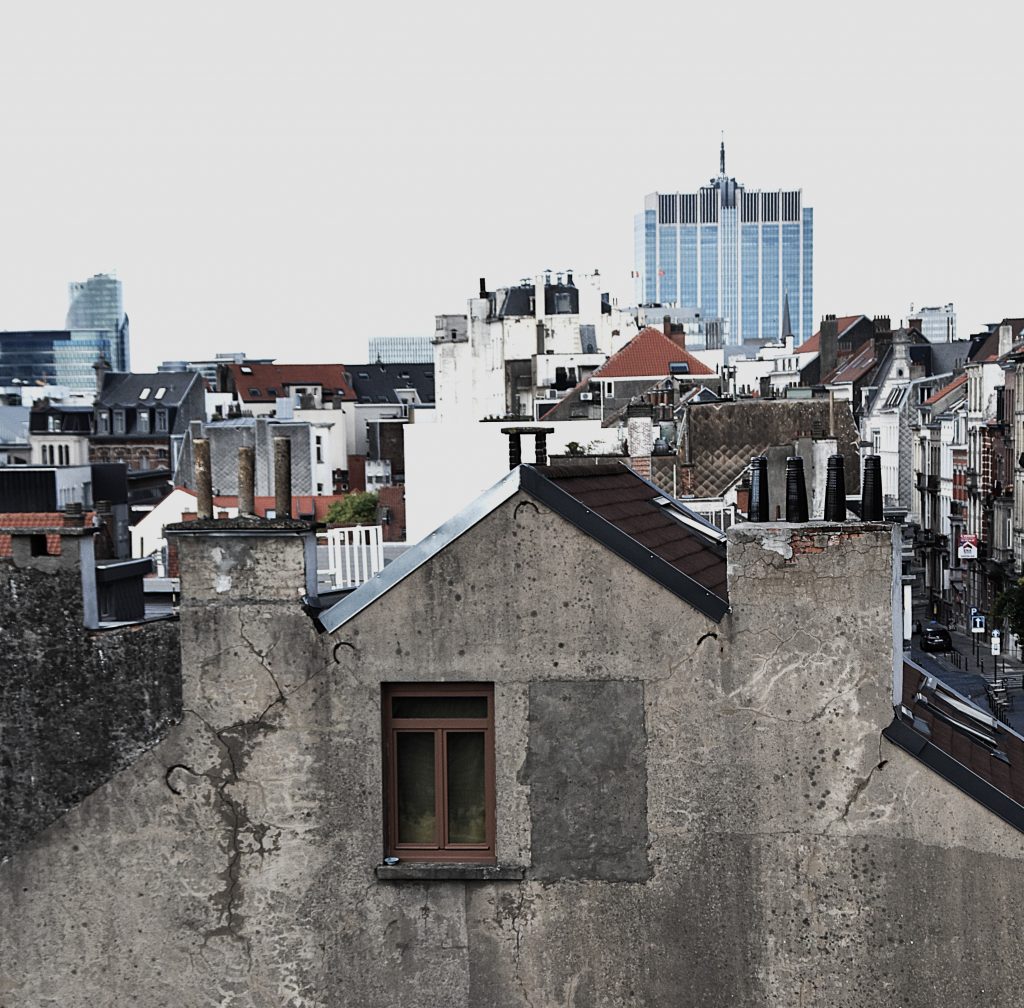
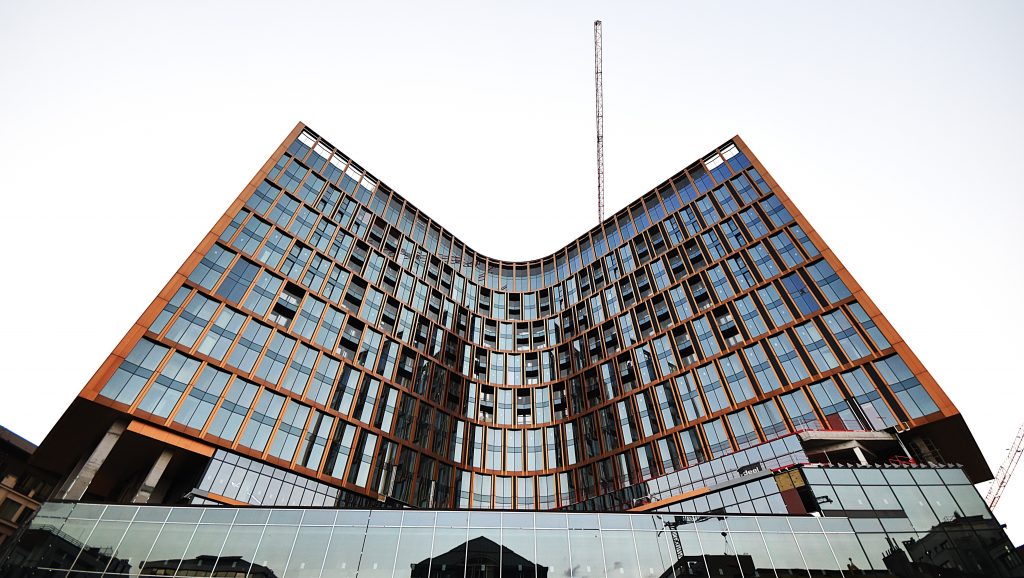
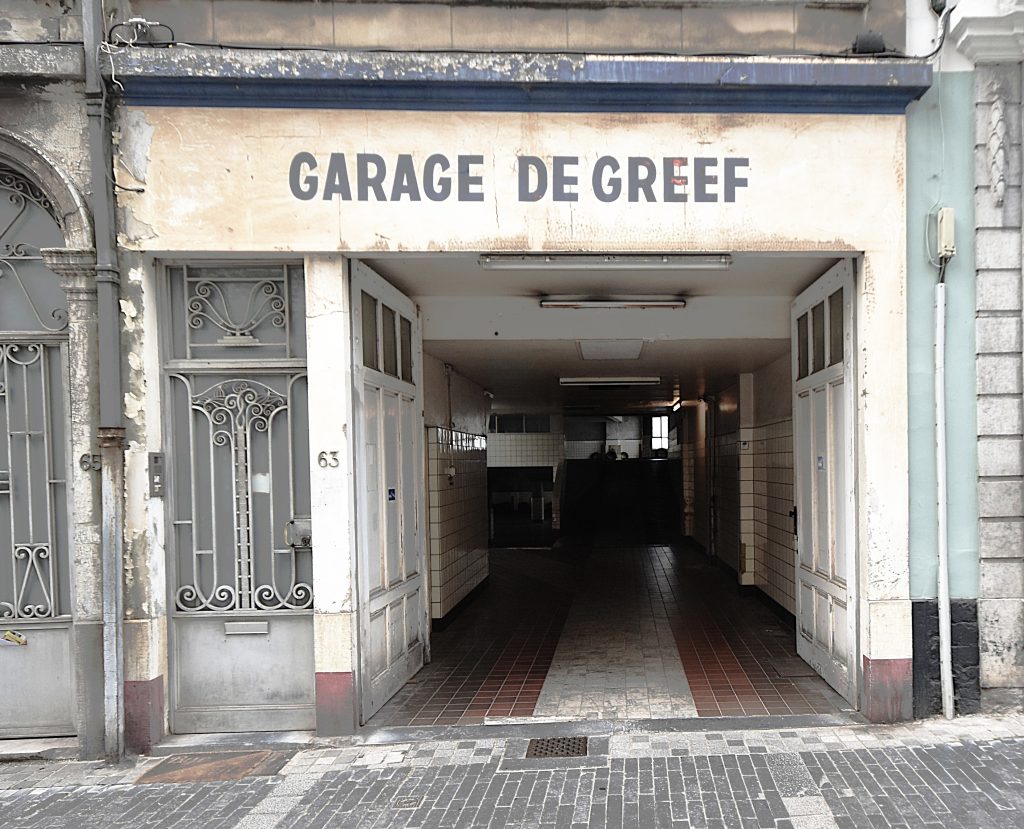
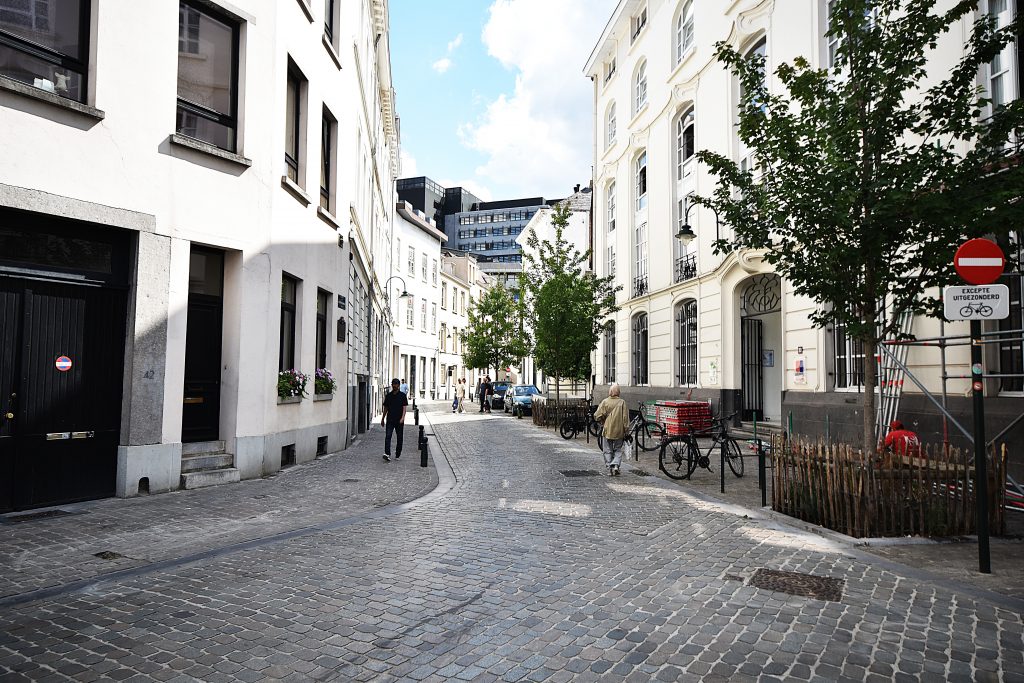
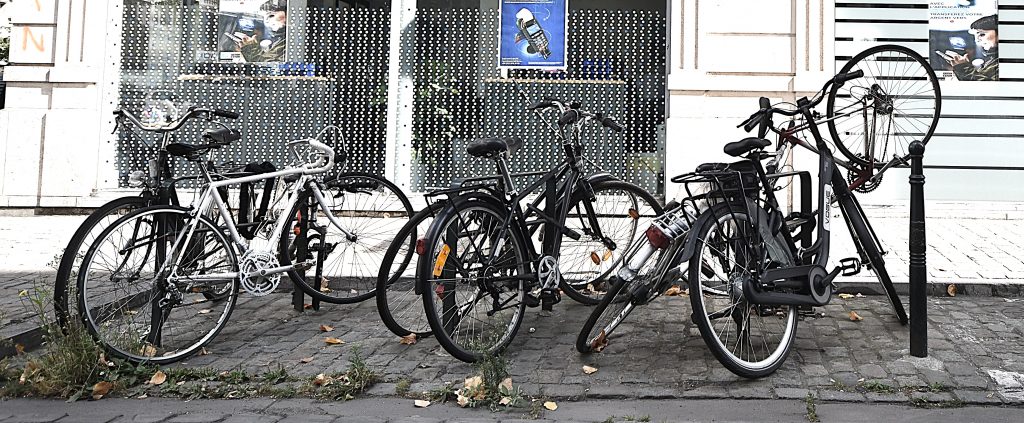
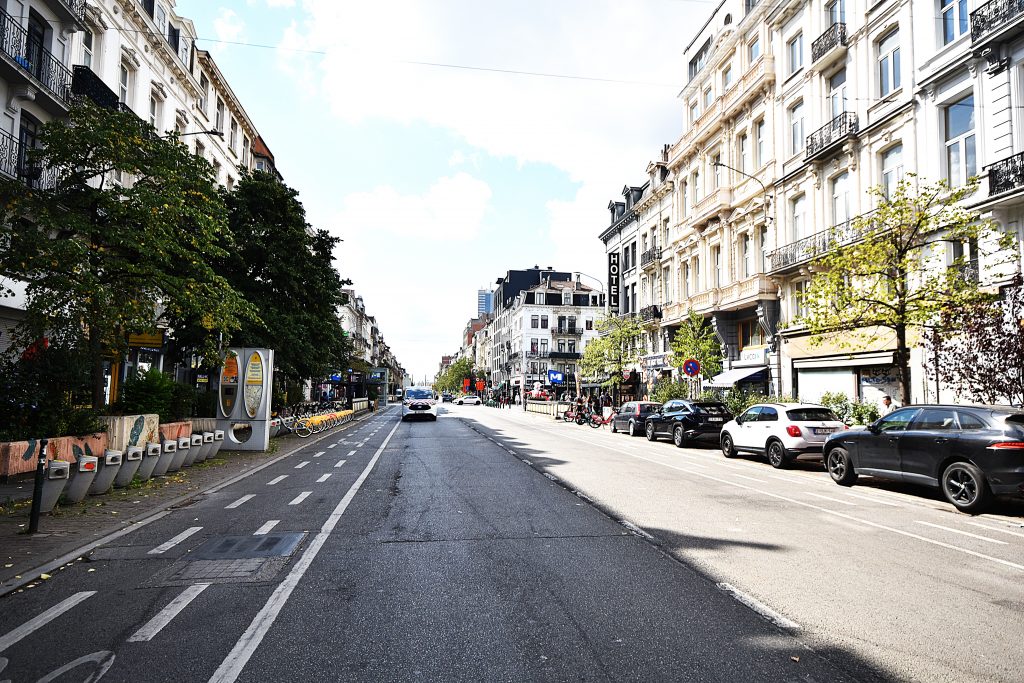
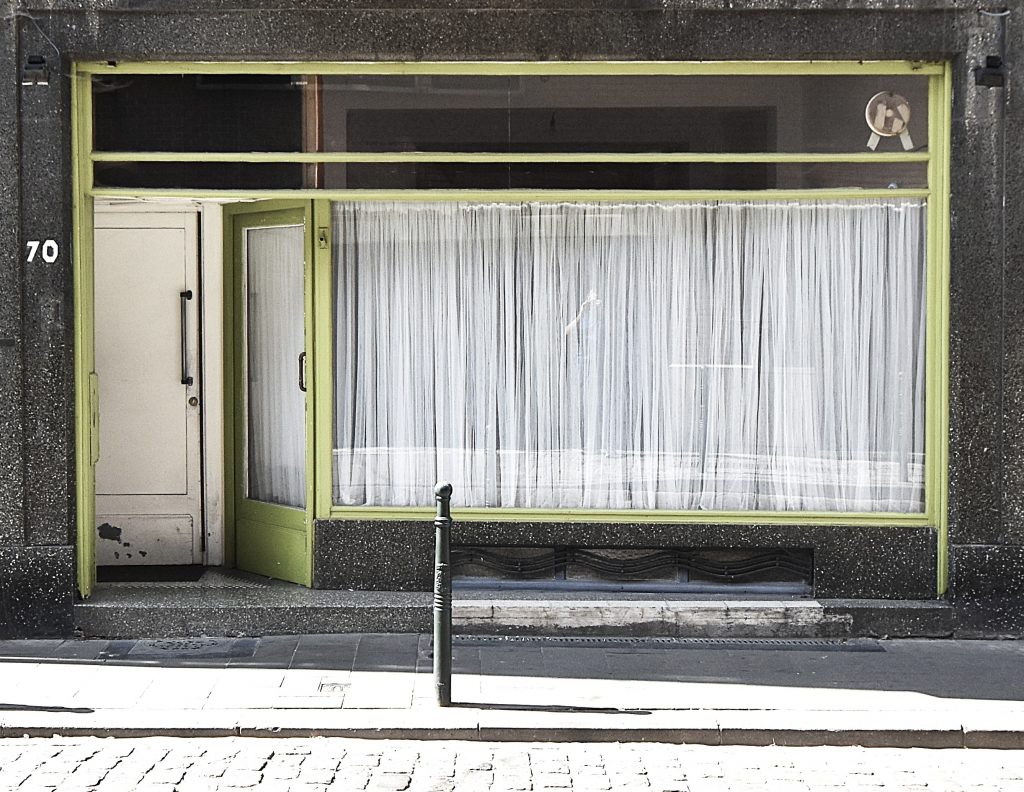
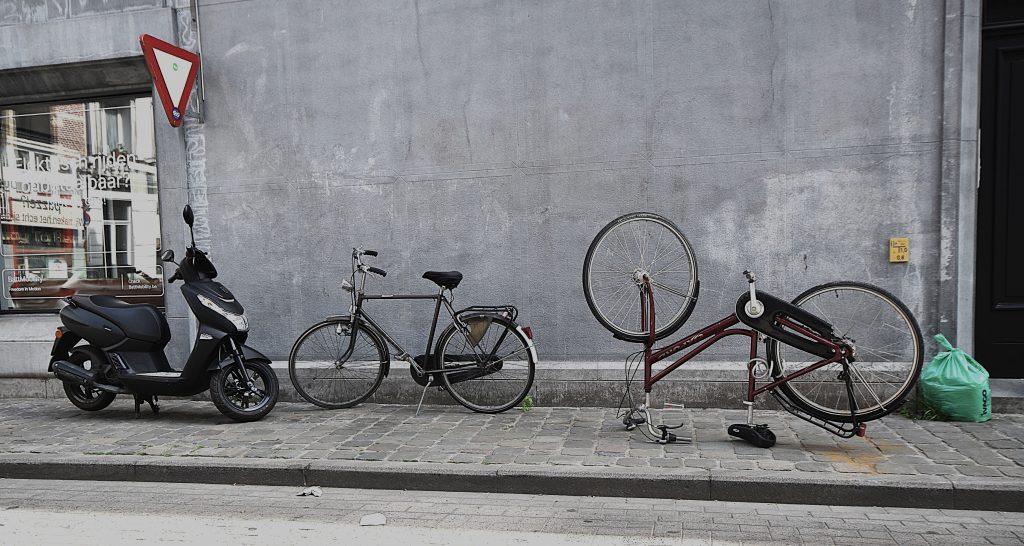
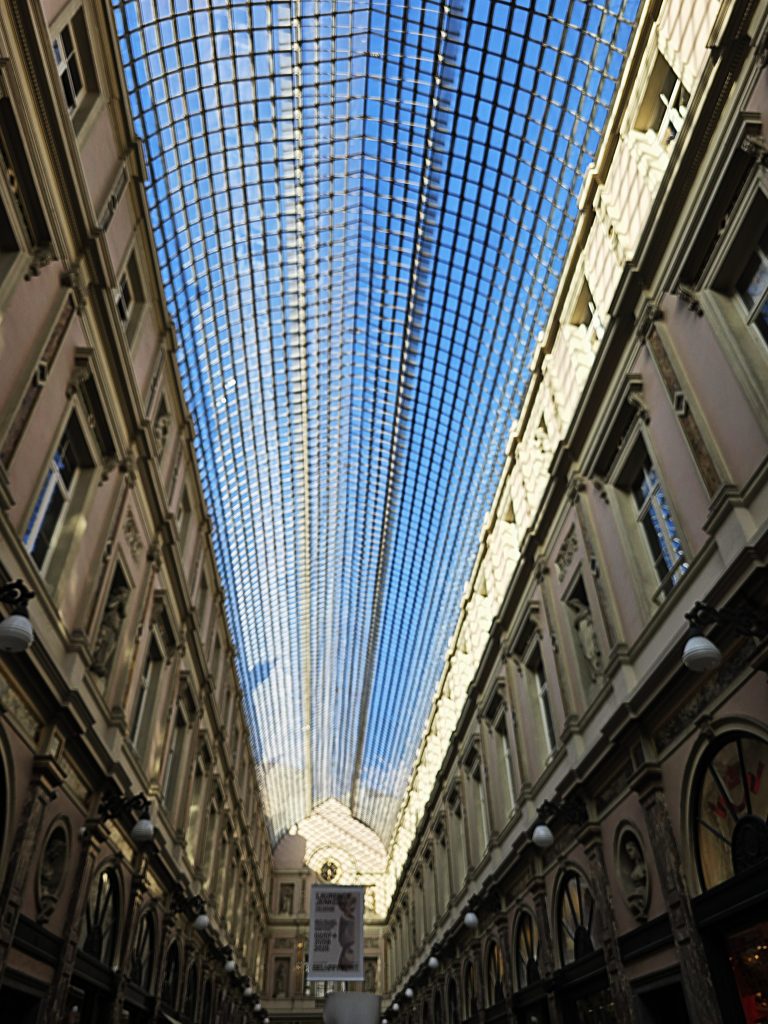
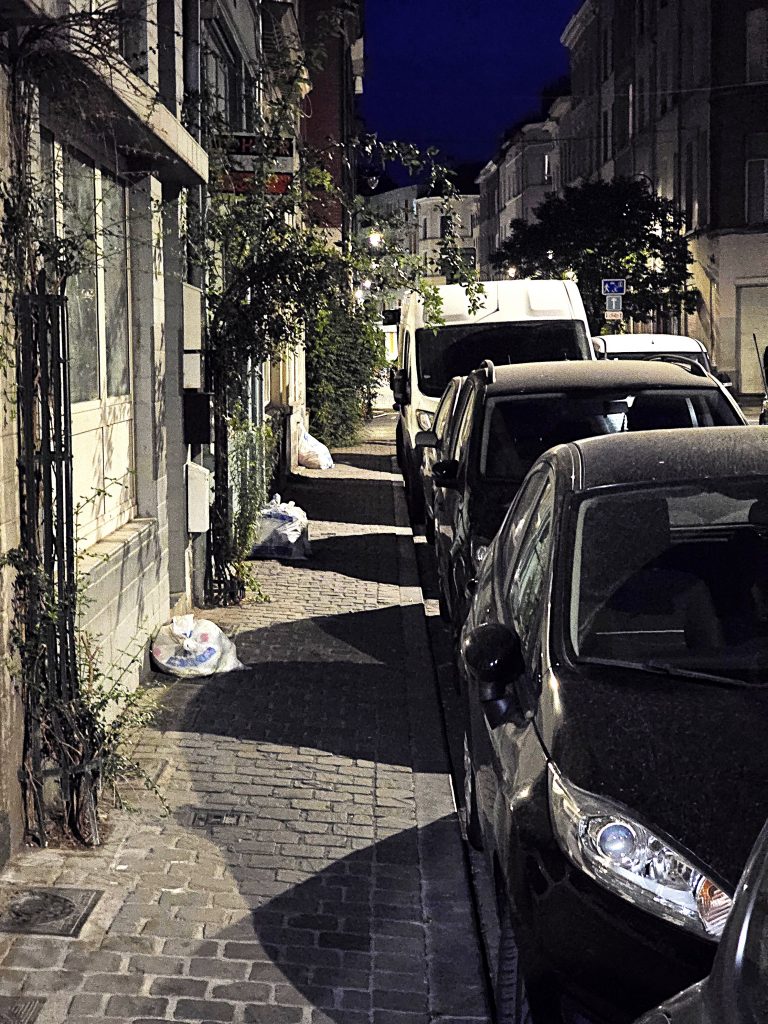
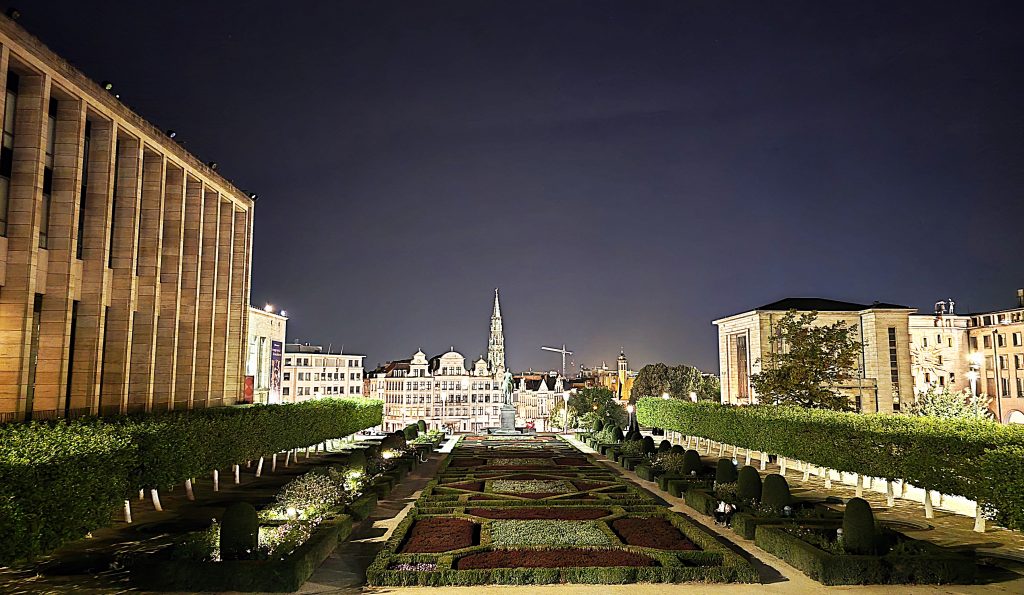
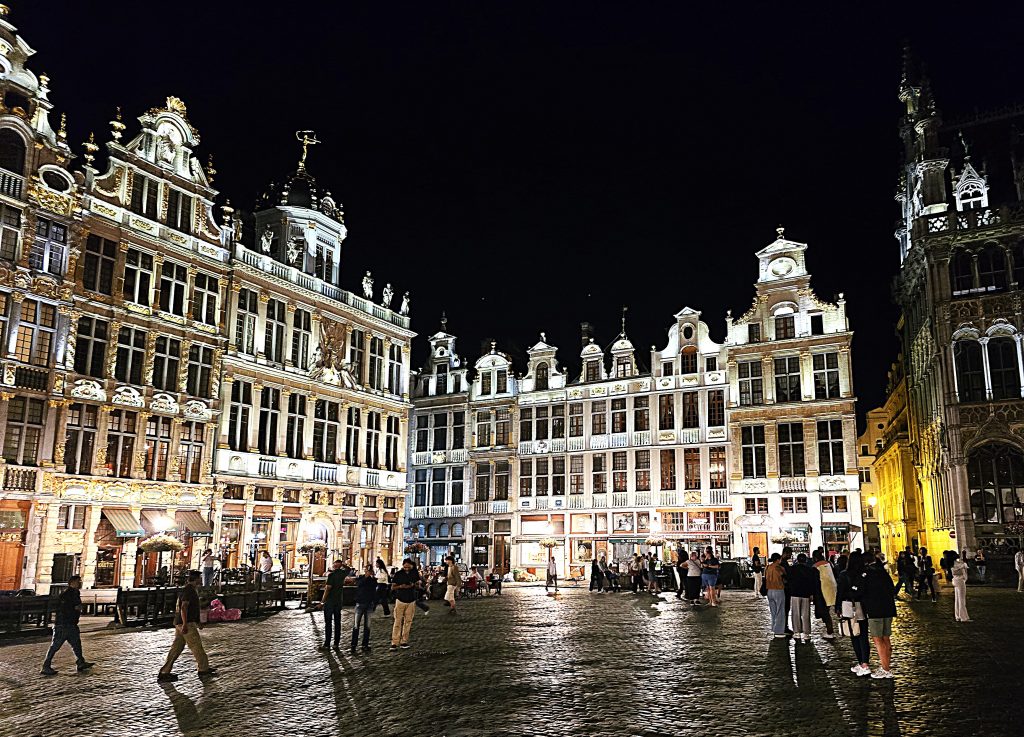
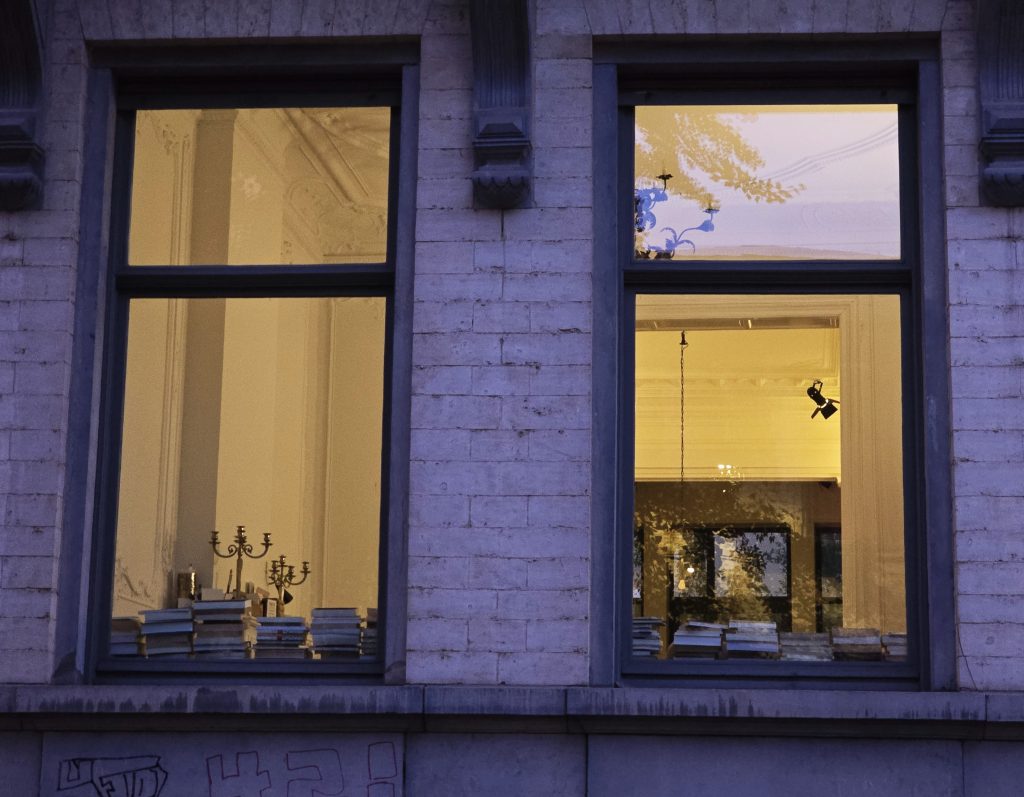
Leave a Reply